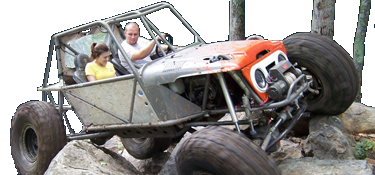- Joined
- Mar 24, 2005
- Location
- Stanley, NC
Ive been quoted a few different options for the house we're building. This is complete install cost for Trane units. We need a 1.5 ton upstairs and 2.5 ton on the main floor.
14 SEER (8.2 HSPF) $13564
15 SEER (9.5 HSPF) $16203
16 SEER (9.6 HSPF) $19830
18 SEER (10.0 HSPF) $23710 (1.5 and 3 ton)
20 SEER (10.0 HSPF) $27400 (1.5 and 3 ton)
I know Trane is overpriced, but this is just for the sake of comparison. I'll definitely be getting another quote.
So I'm smart enough to go read charts and graphs and sales literature, but what's the real world difference between different ratings? Our new house is 2x6 exterior walls and spray foam insulation, good windows, and decent doors, so it's built fairly tight. Will I benefit from all the fancy schmancy variable trilinear megadoohickeys?
14 SEER (8.2 HSPF) $13564
15 SEER (9.5 HSPF) $16203
16 SEER (9.6 HSPF) $19830
18 SEER (10.0 HSPF) $23710 (1.5 and 3 ton)
20 SEER (10.0 HSPF) $27400 (1.5 and 3 ton)
I know Trane is overpriced, but this is just for the sake of comparison. I'll definitely be getting another quote.
So I'm smart enough to go read charts and graphs and sales literature, but what's the real world difference between different ratings? Our new house is 2x6 exterior walls and spray foam insulation, good windows, and decent doors, so it's built fairly tight. Will I benefit from all the fancy schmancy variable trilinear megadoohickeys?
Last edited:






 "
" )
)